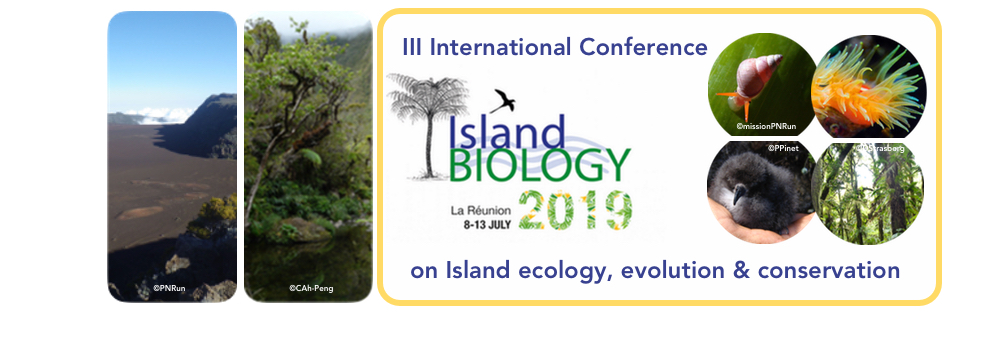Introgression can contribute to the transfer of adaptive traits from allowing for species to occupy new ecological conditions. This process will be more prominent in species that underwent continuous gene-flow during the differentiation process, which is the case of the Micromeria endemics form the Canary Islands. This genus has a group of six species sharing morphological traits but with different origins indicating convergent evolution, however without an apparent ecological significance. Previous studies shown that hybridization, promoted by continuous inter island colonization, shaped the distribution of genetic diversity for these endemics. The resulting introgression amongst could also have contributed to the distribution of similar traits in different lineages having some of these adaptive potential. We tested this hypothesis by evaluating the phylogenomic relationships of Micromeria and potential introgression patterns, with special focus on these six species. Phylogenies were calculated using coalescent and non-coalescent approaches to evaluate the impacts of incongruent phylogenetic signal. Evidences of introgression were search based on D-statistics. Although with coalescent methods the phylogenetic pattern was congruent with species delimitations, this was not the case when a concatenated matrix was analyzed being rather related with ecological conditions for some of the populations. This was the case of the M. canariensis populations restricted to the laurel forest in Gran Canaria that are closer related with M. gomerensis from La Gomera than to the other conspecific populations. Introgression involving these species was also found, which may be behind the incongruence topologies found between coalescent and non-calescent approaches. This result implies that introgression signal is congruent with ecological conditions making us hypothesize that it may have contributed to the transmission of adaptive important traits. Further studies evaluating the genomic regions involved in introgression and their function should be performed. Moreover, it is necessary how common this process is during Micromeria divergence. This way it will be possible to better understand the adaptive consequences of inter-island introgression and what is its role in the distribution of adaptive traits.

|
|
|
|
Adaptive consequences of introgression during the differentiation of Micromeria in the Canary islands
1 : University of Natural Resources and Life Sciences [Wien]
(BOKU)
* : Corresponding author
Universität für Bodenkultur Wien Gregor Mendel Straße 33, A-1180 Wien -
Austria
|
| Online user: 59 | RSS Feed |

|
 PDF version
PDF version